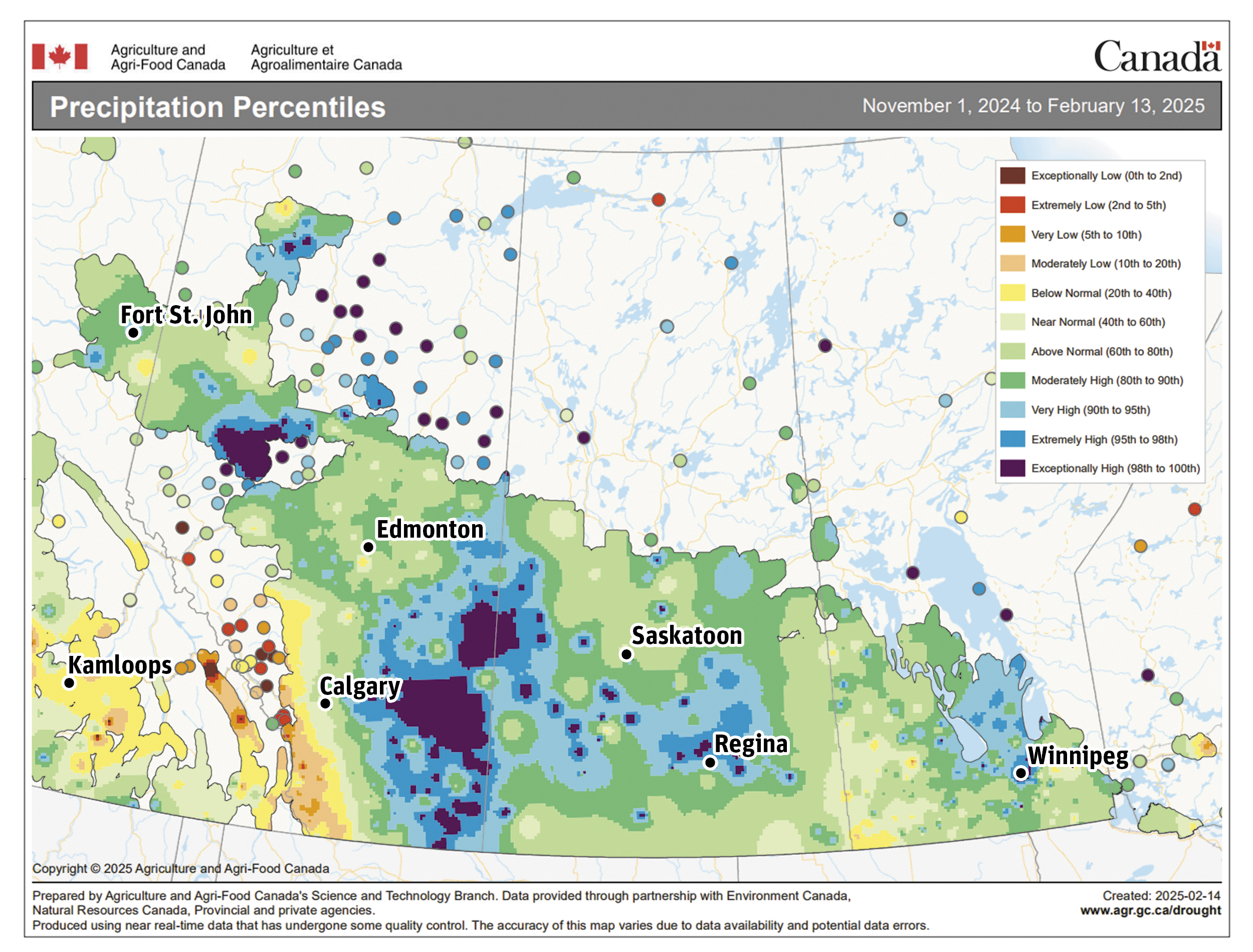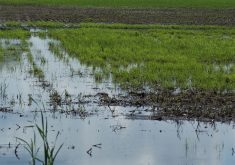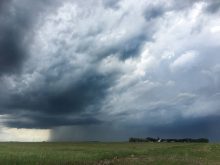Mother Nature this past week has reminded us that the winter season is far from over.
Temperatures during the past week have been 10 to 15 C below normal and have extended January-like conditions into the first weeks of February.
Precipitation during the month of February will likely end up being drier than normal, but that isn’t a large concern given the precipitation that Western Canada received earlier in the winter season.
Read Also

Russian wheat exports start to pick up the pace
Russia has had a slow start for its 2025-26 wheat export program, but the pace is starting to pick up and that is a bearish factor for prices.
The good news is that precipitation this winter has been concentrated in the driest parts of the Prairies.
Near record winter precipitation is reported in southern and east-central Alberta, along with west-central and central Saskatchewan. Other areas of much above normal precipitation are located in the southern and northern Peace River region along with the Interlake region of Manitoba.
The remainder of the Prairies has seen mostly above normal precipitation during this winter.
The moisture has been welcome, but the situation on the Prairies remains a concern in some regions.
The Canadian Drought Monitor at the end of January indicated that dryness and moderate drought conditions persist in southern parts of the Alberta and British Columbia’s Peace River region, southeast of Edmonton and the U.S. border areas in southwestern Manitoba and southeastern Saskatchewan.
These areas need to receive above normal precipitation during the remaining winter and early spring to alleviate the moisture problems before planting.
The positive news for the 2025 crop is that the precipitation to date has set soil moisture levels up for good early season moisture across most of the Prairie region. The snow/rain this winter season will result in good topsoil moisture conditions for the 2025 crop.
Subsoil moisture levels are still dry in some areas, but the forecast for spring and early summer weather is neutral. Above normal temperatures are expected this spring, but precipitation chances are close to normal, according to the seasonal forecasts from Environment and Climate Change Canada.
This is similar to the U.S. CPC weather outlook for the late spring and early summer period.
There are a number of uncertainties going into the 2025 planting season, but soil moisture levels aren’t a concern at the moment. That’s one positive factor for the production outlook in 2025.















